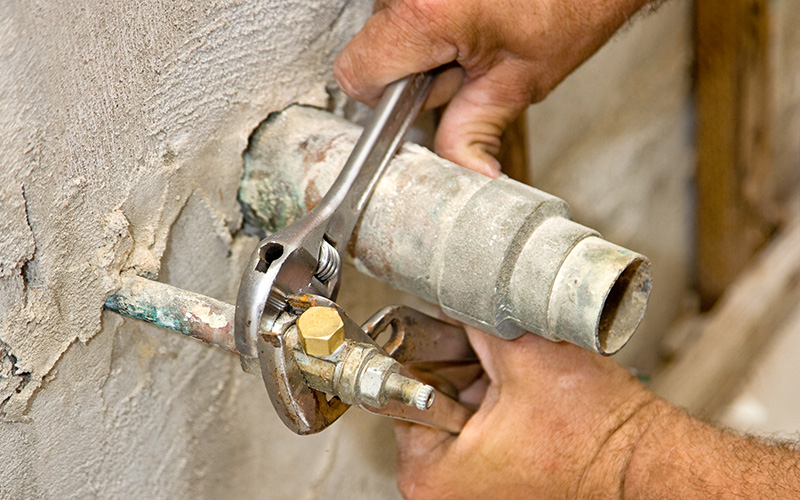
Septic tanks last for many years when cared for properly.
They serve an invaluable purpose in the daily function of your property, working unnoticed in the background — until it fails. If not maintained properly, septic tanks fall into irreparable states, costing you more time, more money and disruption of your normal routine.
Follow these simple tips to keep your septic tank functioning:
- Monitor your flushing: Septic tanks dispose of only human waste and toilet paper. Other materials clog your tank and cause damage that later need repairs. Non-biodegradable items should not be flushed down your toilet.
- Watch your sink: The same way that you watch what goes down your toilet, you should watch what goes down your sink. The drainage system from both the sink and the toilet are connected through similar plumbing, resulting in blocked sewage if items other than biodegradable materials fall through this septic tank entrance.
- Regularly pump your tank: Pump your septic tank every two to three years to get rid of bacteria build up and limit the amount of solid waste build up at the bottom of your tank. By keeping this layer of solid waste thinner, your tank effectively processes the organic material decomposition, elongating the tank’s lifespan.
- Take short showers instead of baths: Long showers and baths add ‘grey water’ to your septic tank. This grey water contains low amount of materials, resulting in your tank becoming overfilled with fluid. This overflow clogs the soil pores around your tank, culminating and preventing water from returning to the ground table, creating the environment around your septic tank to become contaminated.
- Look after your drainfield: Maintaining the area around your drainfield is extremely important when caring for your septic tank. Do not park on or near your drainfield, as this prevents the removal of contaminants from the water that emerges from your septic tank. Do not plant trees or plants on or near the site as well, as growing roots may become a problem in later years.
Keep your septic tank running efficiently with these simple steps in maintenance and preventative measures.
For more information on maintaining your septic tank from the experts at Shoreline Septic Service, please contact us here or call us at 800.937.5667.



